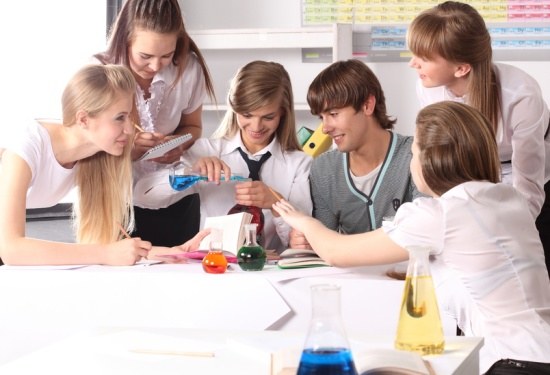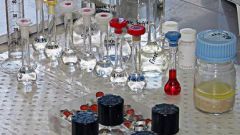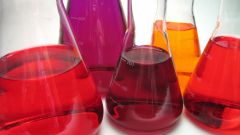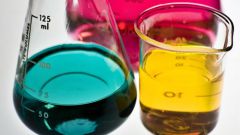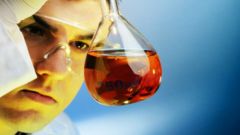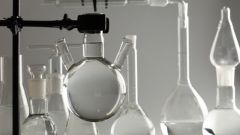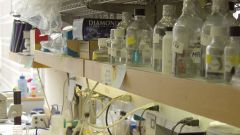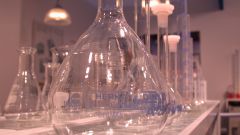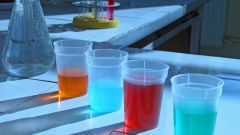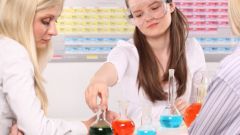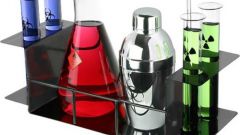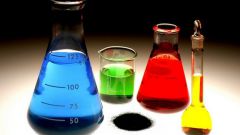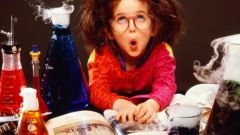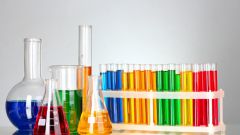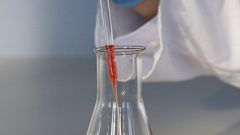Instruction
1
Chemical reaction occurred according to the scheme: A + 2B = B. the starting materials and reaction product gases. At some point, a balance, that is, the speed of the forward reaction (A + 2B = B) equal to the rate feedback (B = A + 2B). It is known that the equilibrium concentration of compound A 0.12 mol/liter, the element B is 0.24 mol/liter, and substance In – 0,432 mol/liter. It is required to determine the initial concentration of A and B.
2
Examine the diagram of chemical interaction. From this it follows that one mole of the product (element) formed from one mole of substance A and two moles of substance B. If in one liter of a reaction volume formed 0,432 mole of the element (condition task), respectively, at the same time spent 0,432 mole of substance A and 0,864 mole of element B.
3
You are aware of the equilibrium concentrations of the starting materials: [A] = 0.12 mol/liter, and [B] = 0.24 mol/liter. Adding to these values those which were consumed during the reaction, you will receive the values of the initial concentrations [A]0 = 0,12 + 0,432 = 0,552 mol/liter; [B]0 = 0,24 + 0,864 = 1,104 mol/liter.
4
You can also determine the original concentration by using the equilibrium constants (Kr) - the relationship of works of the equilibrium concentrations of the reaction products to the product of the equilibrium concentrations of the starting materials. The equilibrium constant is calculated according to the formula: Cu = [C]n [D]m /([A]0x[B]0y), where [C] and [D] – equilibrium concentration of reaction products C and D; n, m – their coefficients. Accordingly, [A]0, [V]0 – equilibrium concentration of the elements entering into the reaction; x,y their coefficients.
5
Knowing a precise scheme of proceeding of the reaction, the equilibrium concentration of at least one product and a basic substance, and magnitude of the equilibrium constant, we can write this problem as a system of two equations with two unknowns.
